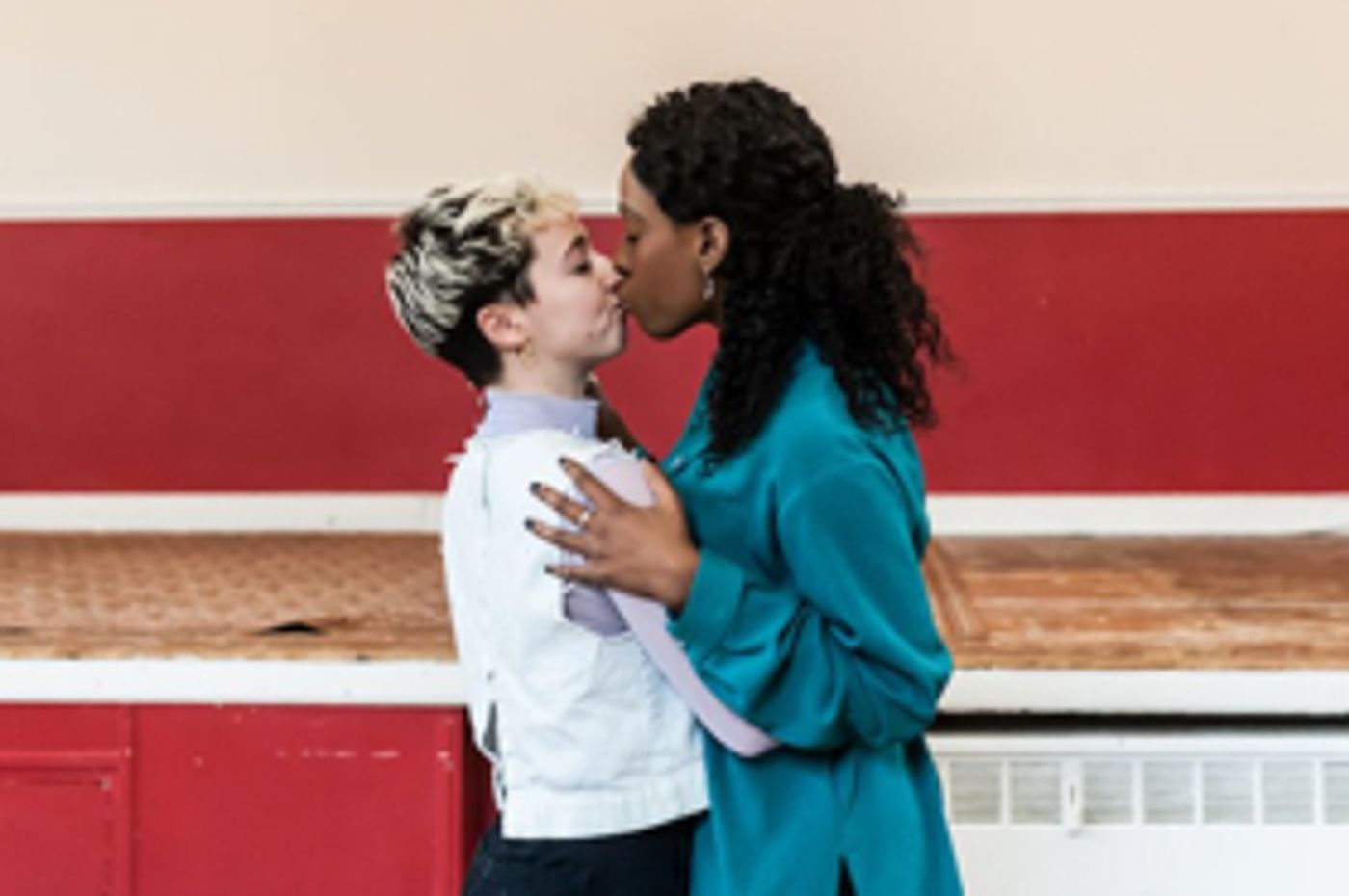Guest Blog: Hal Coase On CALLISTO: A QUEER EPIC

in rehearsal
Almost three years ago now, Callisto: a queer epic began as a loose collection of four monologues spanning 500 years. It included an opera star, a porn star, a stargazer, and a lonely robot called CAL.
The only constant throughout the play's development has been a commitment to this scope, the inclusion of these four voices, and a related refusal to touch down anywhere in the present day. It's this tone of dissonance and heterogeneity (the only hetero thing about it) that has survived dozens of drafts.
Revisiting the play in 2017, over a year since its last staging, I think all of us involved approached it with a cooler eye. I figured initially that the distance of a year might have led us to aim for greater structural harmony, since more often than not your memory has a way of imposing its own coherence.
What happened was quite different. Thomas Bailey (director), Emma D'Arcy (Artistic Director) and I had all grown to feel confident in judging what worked and what didn't work in the previous version. The tonal variance did work - it just needed to go further.
Script work on the current production began a month or so before rehearsals. In earlier drafts the four stories, running in parallel, began and ended at more or less the same time. We realised this didn't allow for the play as a whole to have a shape that was always capable of surprising.
%20and%20Nick%20Finerty%20(Cal%2C%20Harold%2C%20Hart)%20%20%20Photo%20credit%20Lidia%20Crisafulli.jpg?format=auto&width=1400)
in rehearsal
Reworking the script therefore involved shifting one storyline forward in the play's chronology whilst pushing another back. We hoped that this would allow each story more room to breathe, and for meaning to be gathered in a more unsystematic way as the play progresses.
All four stories in Callisto: a queer epic have a lot of narrative to move through, so a second advantage of playing with its structure was to allow stories to establish moods and motifs that can then be rediscovered in others. Since there's no time for sprawling backstories or long farewells, each story becomes reliant on all the others for both a horizon and a hinterland.
Sometimes, structuring the play came down to pragmatics: eight actors play over 20 parts, meaning certain scenes couldn't sit next to each other. But usually this led us to realise that two moments which seemed at first glance to be completely distinct from one another in tone or emphasis could actually gain something from playing next to each other.
These random connections have become particularly important in a play that moves over and around the present day because they seem to insist upon a certain openness to thinking about the past, in particular, that is the opposite of nostalgia: not using the past to 'stop' the future, but thinking through the past to help move a conversation forward. And that's part of what the first draft was aiming for.
Callisto: a queer epic at Arcola Theatre 6-23 December
Photo credit: Lidia Crisafulli
Videos

